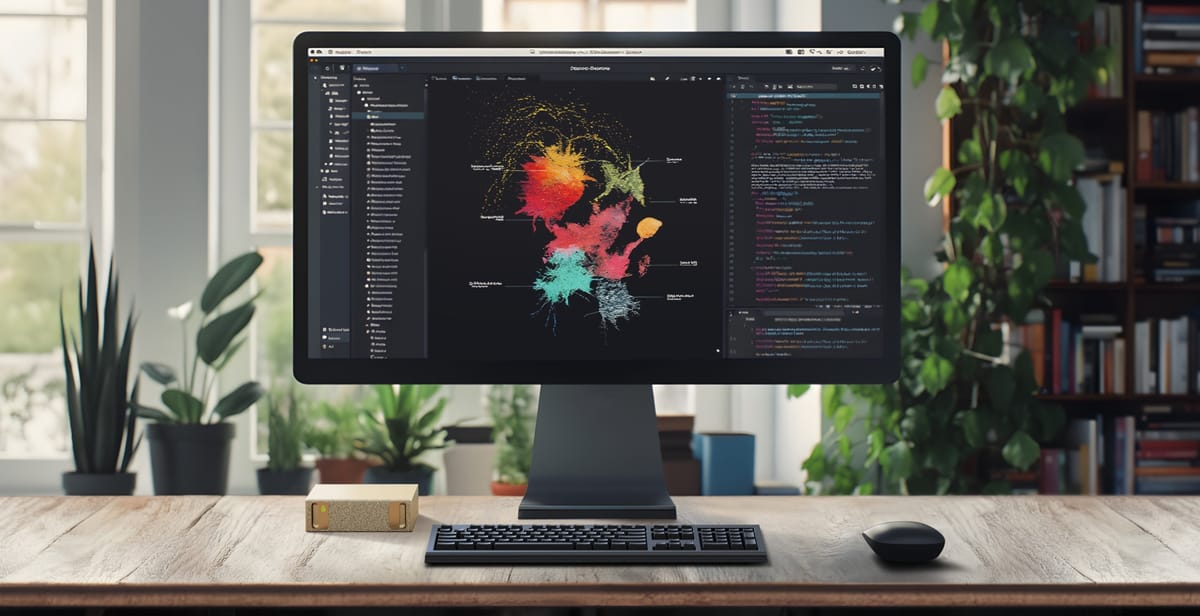
Jensen Huang walked into SpaceX's Starbase facility on Monday carrying NVIDIA's new 2.6-pound "personal AI supercomputer." The DGX Spark, roughly the size of a hardcover book, goes on sale Wednesday, Oct. 15, aiming to collapse cloud-class AI work back onto the desktop.
Key Points
- Orders open Oct. 15; partner systems from Acer, ASUS, Dell, HP, Lenovo, MSI and more.
- Petaflop performance, 128GB unified memory, GB10 Grace Blackwell, ConnectX-7 networking.
- Early units seeded to Big Tech and research labs; play is to enable 200B-param inference locally.
Nine years ago, Huang hand-delivered a 70-pound supercomputer to the same recipient—Elon Musk—at a small nonprofit called OpenAI. That first machine helped spawn ChatGPT and the generative AI boom. The company is clearly betting that another symbolic delivery will broadcast the same message: put powerful boxes in builders’ hands and see what happens.
DGX Spark is NVIDIA’s most aggressive swing yet at local AI. It bundles the GB10 Grace Blackwell “superchip,” 128GB of CPU-GPU coherent memory, NVLink-C2C for higher bandwidth than PCIe Gen5, and ConnectX-7 200 Gb/s networking into a compact workstation that you can plug into a standard outlet. The pitch: run inference for models up to ~200B parameters and fine-tune up to ~70B without hopping out to the cloud.
NVIDIA wants to widen the developer funnel beyond datacenters, where Blackwell-class systems are scarce and expensive. Spark ships with the company’s full AI software stack—CUDA libraries, TensorRT, and NIM microservices—preinstalled, so teams can get straight to agents, retrieval, and vision workloads. NVIDIA highlights use cases like customizing FLUX.1 image models, building search/summarization agents on its Cosmos model, or standing up an on-prem chatbot tuned for Spark.
Under the hood, GB10 matters as much as the box. It’s a tightly coupled CPU-GPU design manufactured on TSMC 3nm, with NVLink-based coherence and LPDDR5X memory—an approach NVIDIA has been detailing since Hot Chips. The result is a developer-friendly footprint with far more memory headroom than a single consumer GPU, and without the PCIe bottlenecks that complicate multimodal agent stacks.
Orders open Oct. 15 on nvidia.com; OEM variants from Acer, ASUS, Dell Technologies, GIGABYTE, HP, Lenovo and MSI roll out via global channel partners and U.S. retail through Micro Center.
Early coverage pegs NVIDIA’s own unit at $3,999—above the sub-$3,000 whispers that circulated when this form factor first surfaced—while some partner SKUs also start around $3,999. Even so, for teams fighting for HBM-rich datacenter slots or juggling privacy constraints, a petaflop on the desk with 128GB unified memory can be cheaper than queuing for cloud time.
Strategically, Spark competes less with DIY RTX towers and more with “rent-the-GPU” workflows and early “AI PC” branding. The draw isn’t maximum TOPS per dollar; it’s a cohesive, supported stack that matches NVIDIA’s datacenter software semantics. That reduces the context-switch tax between local prototyping and scaled deployment—precisely where enterprise AI projects have been stalling.
Back at Starbase, Huang called Spark “an AI computer in the hands of every developer.” Marketing flourish aside, the signal to executives is pragmatic: if your roadmap depends on iterating agents, RAG, or vision models without shipping sensitive data to third parties, plan for at least a pilot pool of these machines—or their OEM twins—in 2026. Then see what your teams build when the queue disappears.

